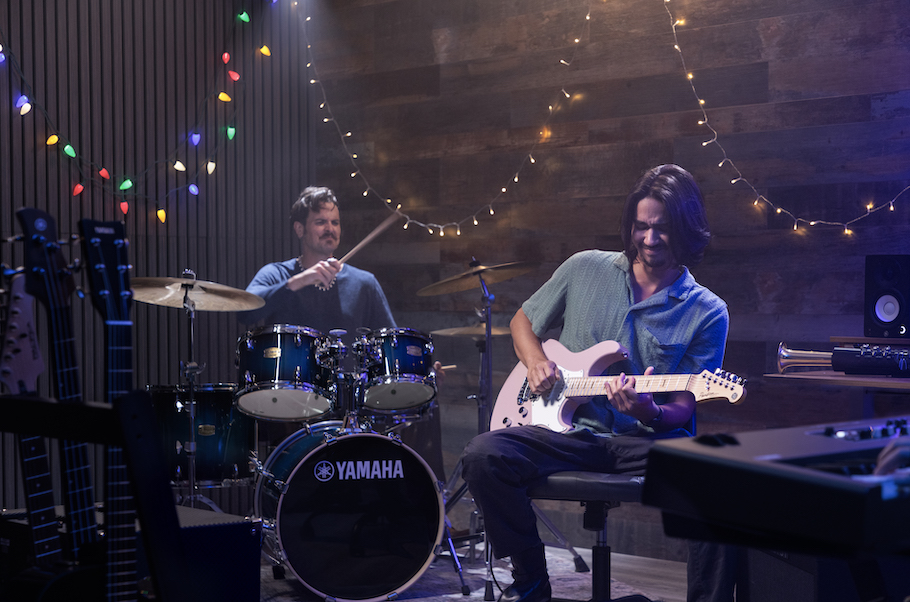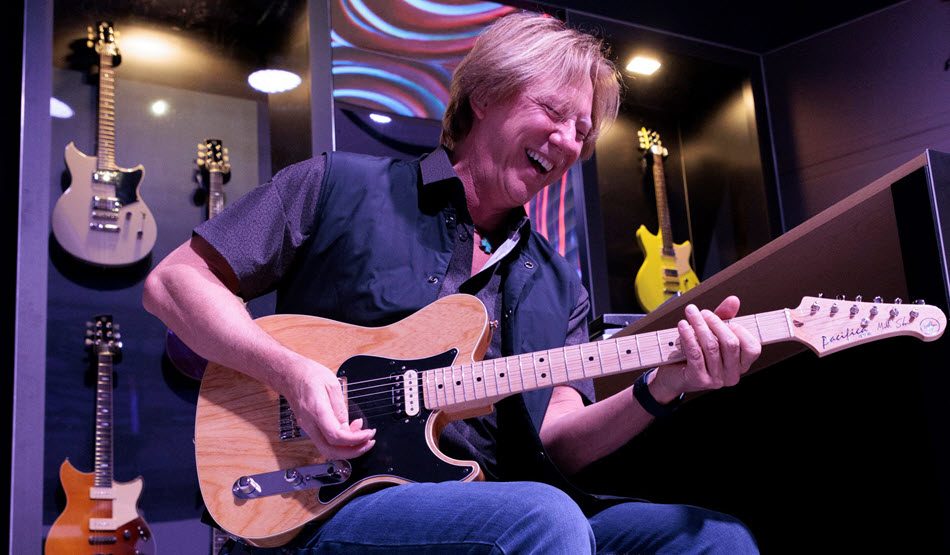The Future of Guitars
Digital tonewood?
The past couple of decades have seen a ton of innovation in digital technologies such as modeling and AI (Artificial Intelligence), but what about guitars themselves? For this month’s posting, I thought it might be fun to take a stab at some futurist predictions.
Note that none of these ideas are based on any kind of “inside” information — they’re just my personal wish list. I certainly don’t have a crystal ball, but I do have some market awareness of the current innovations, and an opinion on what might be valuable to the evolution of our six-stringed musical companions.
An Electric SILENT Guitar™?
It’s hard to believe that the commercial release of the Yamaha SILENT Guitar was over twenty-one years ago. In a few more years, it will be a vintage instrument!
Despite its longevity on the market, this portable powerhouse (available in both nylon- and steel-string versions) is still relatively unknown within the guitar community, and in my opinion, underrated and unrivaled. If you play live gigs, you’ll appreciate its feedback-free tones and lightweight construction. Want to warm up before the show using headphones, backing tracks, a tuner and effects? They’re all onboard, ready to rock ’n’ roll. What’s more, it’s extremely transportable; the upper bout of the frame can be removed and packed away neatly in a tiny gig bag, allowing the instrument to be easily stored in airplane overhead bins or car trunks.
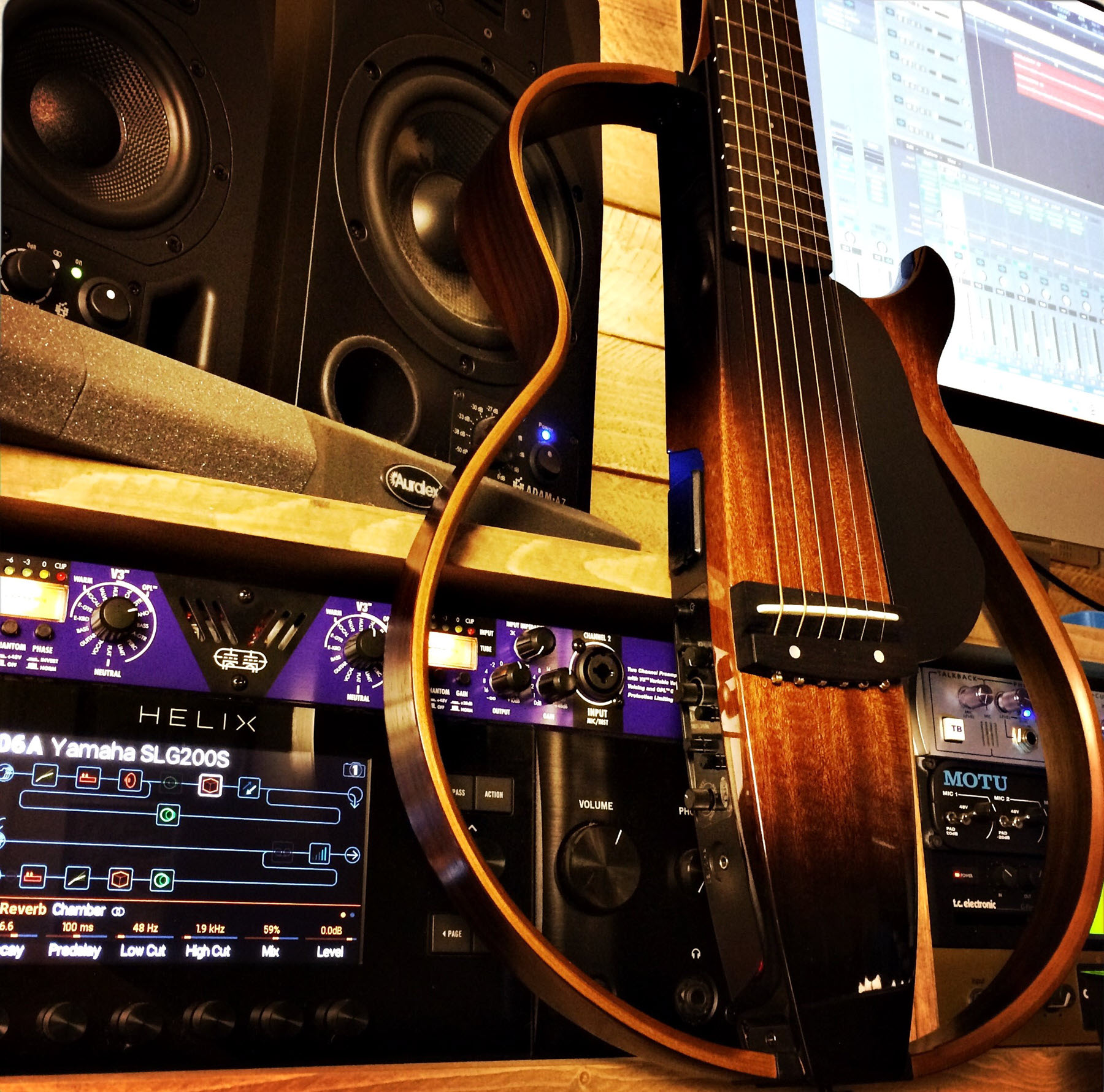
All these features make the SILENT Guitar enormously useful, but wouldn’t it be great if Yamaha made an electric guitar version, complete with pickups? Maybe we’ll see that happen sometime in the future.
TransAcoustic Too?
TransAcoustic guitars first hit the market in 2016. These remarkable instruments offer built-in reverb and chorus effects, negating the need for outboard amplification and pedals. It’s a technology that graces several models and body shapes within the range — everything from small parlor-sized portability to dreadnought warmth for the singer-songwriter.
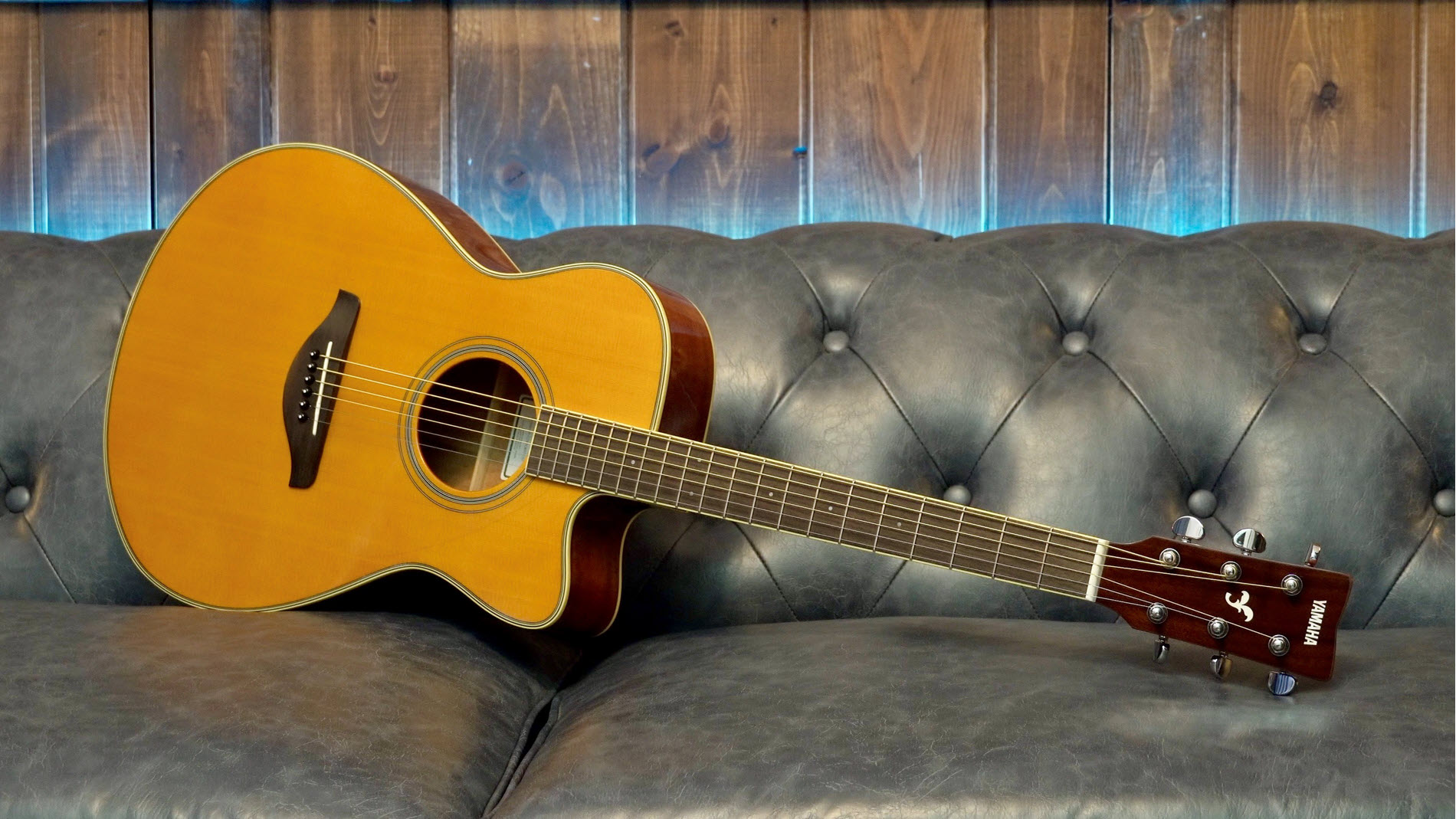
As with the SILENT Guitar, I’m hoping this mind-blowing musical addition to acoustic guitars will find its way into electric guitars at some point, with the range of effects and features expanded.
New Materials
Natural timber resources are in limited supply, expensive, heavy, and subject to climate and environmental changes. Carbon-fiber, however, can be mass-produced, crafted into almost any shape, is incredibly strong, and isn’t affected by moisture or changes in temperature. When used to make guitars, it provides excellent tuning stability, and the manufacturing cost is almost certainly cheaper than crafting exotic tonewoods. Carbon-fiber guitars can also sport photo representations of custom artwork — even highly figured quilted maple.
Does carbon fiber resonate and sound the same as seasoned timber? No, but when paired with electronic pickups, modeling and the other musical advancements in technology, does it really matter?
Many tone purists may be pulling their hair out at the very thought of this, and I agree to a point, but I can see a time in the near future when modeling technology is included in the physical guitar that allows the instrument to produce the tones of a wide range of pickups, tonewoods, amps and effects.
The Complete Guitar
It’s entirely conceivable that the guitar will eventually evolve into a complete touring rig, studio tone engine and practice companion, with onboard looper and recording software built in.
I expect that you’ll be able to send the output signal from that instrument wirelessly— without the kind of signal degradation that’s currently a limitation— via Wi-Fi, Bluetooth® or radio transmitter directly to the Front of House engineer (at live gigs) or to your DAW (when recording) for further digital manipulation. All that messy cable spaghetti will be a thing of the past!
I also predict that guitars will also soon integrate the smart technology found in our phones, which allows us to communicate around the world via satellite, with our personal and digital information stored in the “cloud.” These digital archives host a library of inspirational and educational tools ready for our consumption, so I can foresee a time when a D major scale can be displayed on our guitar fretboards directly from those data banks using voice command, or even by personal thought processing: “Hey SiriGuitar … display two voicings of an E7(#9) on the fretboard and the corresponding E minor pentatonic scale in a position that I can use to improvise over.”
The Video
Carefully selecting guitars that work well together is the first step to creating a complimentary composition, as I demonstrate in this video, which combines the sounds of a Yamaha FSC-TA TransAcoustic guitar with Pacifica 612 and Revstar RSS20 electrics.
The next step is to faithfully capture those elements and further shape them with digital sound enhancements, as I’m doing here with custom tones I’ve created for the Line 6 Helix effects processor. As you can hear, this polish can add sheen to a natural source, or can even surgically transform the sound until it no longer represents its original acoustic waveform.
The Guitars
FSC-TA
I purposely detuned my FSC-TA down a half tone (to E♭) for this piece. I wanted to use specific voicings, but in a lower key. I like how the frequencies of less guitar-friendly keys speak musically to inform fresh melodic ideas. Try it sometime!
I used the onboard hall reverb and chorus effects to broaden the tones and also double-tracked the fingerpicked part, panning the two guitars hard left and right. Being able to match your own finger-style patterns takes practice, but is very much worth it when it comes to recording acoustic guitars.
Pacifica 612
I also detuned my Pacifica 612 to match the voicings on the FSC-TA, this time playing arpeggiated chords with a little tremolo shimmer to accentuate the individual tones within each chord.
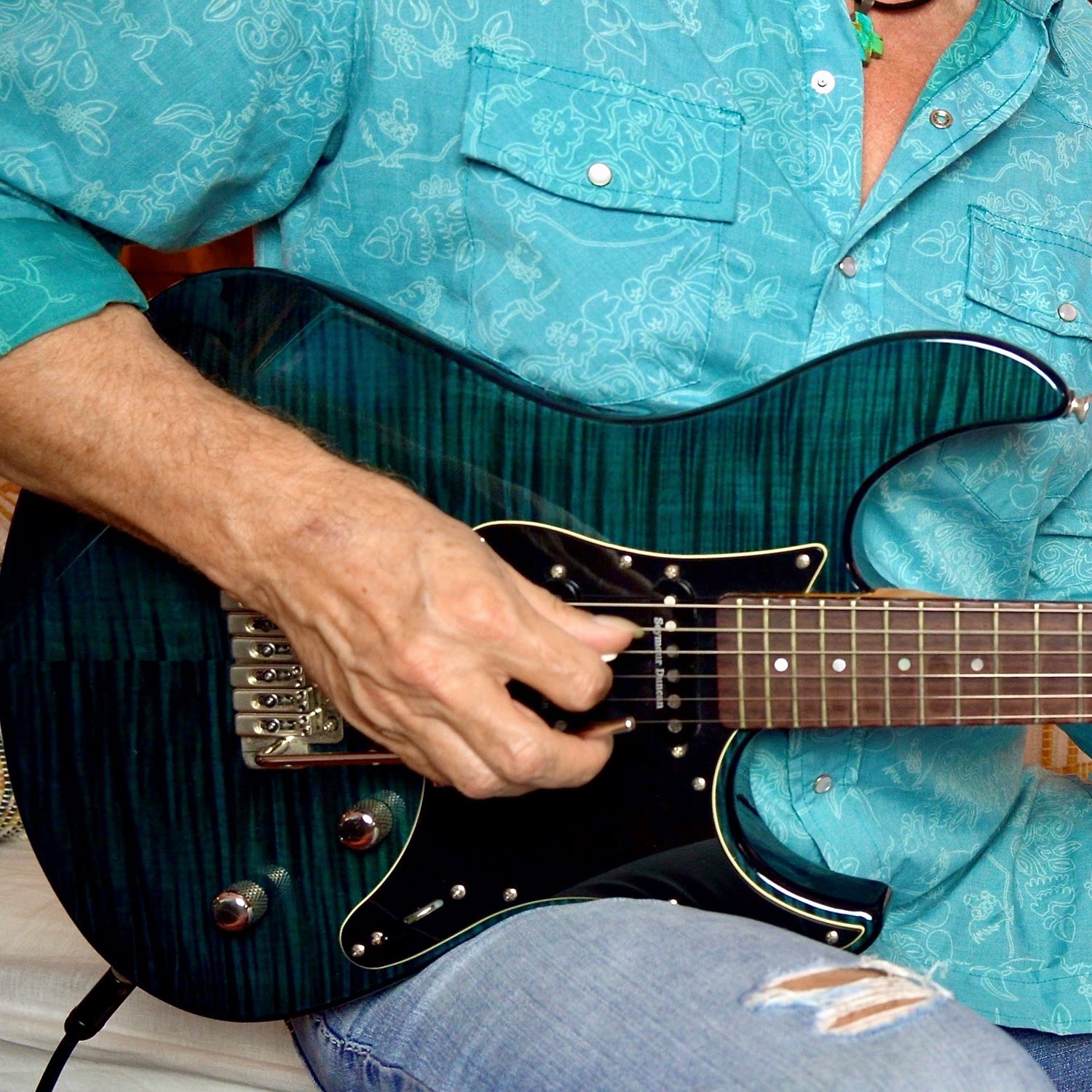
Detuning a guitar with a floating tremolo requires patience. There is technology available to do that digitally, but you’d have to hear the original key and the detuned sound together. (Unless you use headphones, of course.)
The single-coil Seymour Duncan pickups in the Pacifica 612 are perfect for clean, arpeggiated lines, and they have a brighter tone than the FSC-TA. I kept this guitar part central in the mix until the lead guitar part comes in … at which point, I panned the signal off to the right by 10 percent.
Revstar RSS20
There’s something special about the harmonic overtones produced by the RSS20. I think it’s a combination of the Alnico 5 pickups, focus switch (passive mid-boost) and chambered body that really makes single notes jump out in a busy mix.

The jumbo frets also make bending a breeze on this guitar. You’ll hear me sequentially bend a semi-tone, whole-tone and a tone and a half during the solo section of the video performance.
The Wrap-Up
When you think about it, none of these ideas are far-fetched — they are just a combination of existing technology that we’d need to leverage and implant into one central location: your guitar.
After all, at the end of the day, beauty is in the ear of the beholder. If it sounds good to you, it is good!
“Hey Siri … what do you think?”
Photos courtesy of the author.











